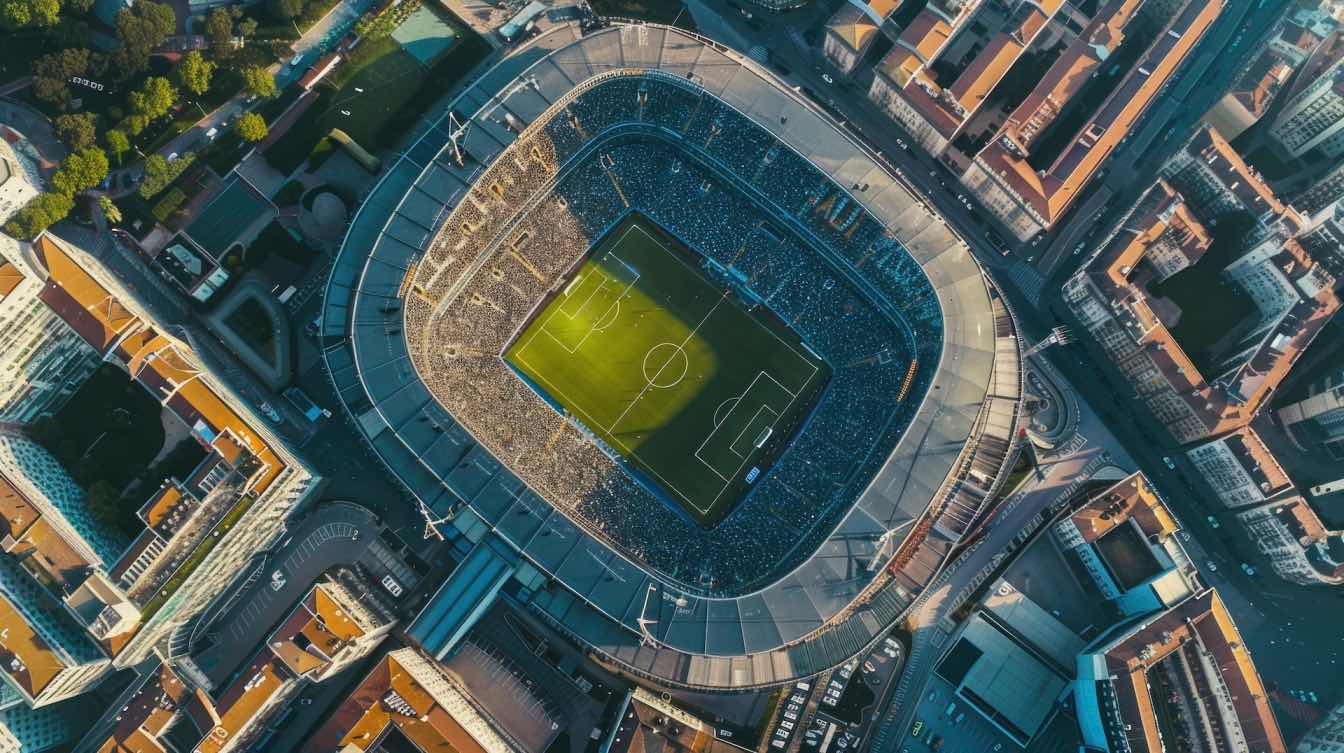Architecture plays a crucial role in sports performance, influencing everything from the comfort of athletes to the dynamics of the game itself. This article explores how the design and structure of sports facilities impact athletic performance, highlighting key examples and the integration of modern amenities to enhance the overall experience.
The Impact of Stadium Design on Performance
Early stadiums were basic, focusing primarily on seating capacity. As sports became more popular, the need for better facilities grew. For example, the Roman Colosseum, built in 70-80 AD, was designed to host a variety of events, and could accommodate up to 80,000 spectators. This ancient structure emphasized the importance of visibility and crowd management, principles that still influence modern sports architecture.
Modern stadiums incorporate innovative technology to enhance both player performance and spectator experience. For instance, AT&T Stadium in Arlington, Texas, home to the Dallas Cowboys, features a retractable roof and the world’s largest HD (High Definition) video screen, measuring 160 feet wide and 72 feet tall. These innovations provide an optimal environment for athletes and superior viewing experience for fans.
Indoor vs. Outdoor Facilities
The choice between indoor and outdoor facilities can significantly impact athlete performance. Indoor arenas, like Madison Square Garden in New York, offer controlled environments that protect players from adverse weather conditions. This control can lead to more consistent performance levels. Conversely, outdoor stadiums, such as Lambeau Field in Green Bay, Wisconsin, present unique challenges, and advantages, including natural light and varying weather conditions that can affect gameplay.
The surface material of a sports facility also affects performance. For example, tennis courts can be made of clay, grass, or hard surfaces, each influencing the speed and bounce of the ball differently. Wimbledon, with its grass courts, favors players with strong serve-and-volley games, while the French Open’s clay courts slow down the ball, benefiting baseline players.
The Role of Acoustics in Sports Arenas
Acoustics are critical in sports architecture, affecting both players and spectators. Well-designed acoustics can amplify the crowd’s cheers, enhancing the home-field advantage. The Seattle Seahawks’ CenturyLink Field is renowned for its noise levels, which can exceed 137 decibels, creating a daunting atmosphere for visiting teams.
Good acoustic design also facilitates player communication. In sports like basketball and football, where verbal communication is key, poor acoustics can hinder performance. The design of the Staples Center in Los Angeles ensures that players can hear each other clearly, even amidst a roaring crowd.
Lighting and Visibility
Proper lighting is essential for both player performance and spectator enjoyment. The Mercedes-Benz Stadium in Atlanta features advanced LED lighting that can be adjusted to suit different events, ensuring optimal visibility. This flexibility helps reduce player fatigue and enhances the overall viewing experience.
Innovative lighting solutions also contribute to the aesthetic appeal of sports venues. The Allianz Arena in Munich is equipped with a façade that can change colors, creating stunning visual effects and enhancing the fan experience.
Seating Arrangements and Spectator Comfort
Seating arrangements are designed to maximize viewing angles and ensure that spectators have an unobstructed view of the action. The Camp Nou in Barcelona, the largest stadium in Europe with a seating capacity of 99,354, is designed with steep stands to bring fans closer to the field, enhancing the sense of immersion and excitement.
Modern sports venues prioritize accessibility and inclusivity. Facilities like the Olympic Stadium in London are equipped with ample provisions for disabled spectators, including ramps, elevators, and designated seating areas, ensuring that everyone can enjoy the event comfortably.
The Influence of Technology on Sports Architecture
The rise of smart stadiums represents a significant advancement in sports architecture. Venues like Levi’s Stadium in Santa Clara, California, incorporate digital technologies, including high-speed Wi-Fi, mobile apps for navigation and concessions, and real-time data analytics, enhancing both the player and spectator experience.
The Allianz Field in St. Paul, Minnesota, home to Minnesota United FC, is a LEED Gold-certified stadium featuring energy-efficient lighting, rainwater recycling systems, and extensive use of recycled materials. These green initiatives not only reduce the environmental impact but also create a healthier atmosphere for athletes and fans.
Engaging Fans with Promotions
A stadium would be just a building with all the loyal fans cheering for their favorite team’s week in and week out. So, it does not matter what the design of the stadium is if there are no ways of entertaining those fans. Different promotions like the Caesars Sportsbook Promo Code can help enhance that viewing experience.
While integrating betting promotions can be engaging, it is essential to promote responsible betting practices. Educational initiatives about setting limits and understanding the risks ensure that betting remains a fun and controlled activity, contributing to a positive overall experience for fans.
The relationship between architecture and sports performance is deeply intertwined. From the design of the stadiums to the materials used and the integration of technology, every aspect plays a role in enhancing athletic performance and spectator enjoyment. As sports continue to evolve, so will the architectural innovations that support them, creating environments where athletes can excel, and fans can fully immerse themselves in the experience. The future of sports architecture holds exciting possibilities. Continued advancements in technology, sustainability, and fan engagement will shape the next generation of sports venues.





